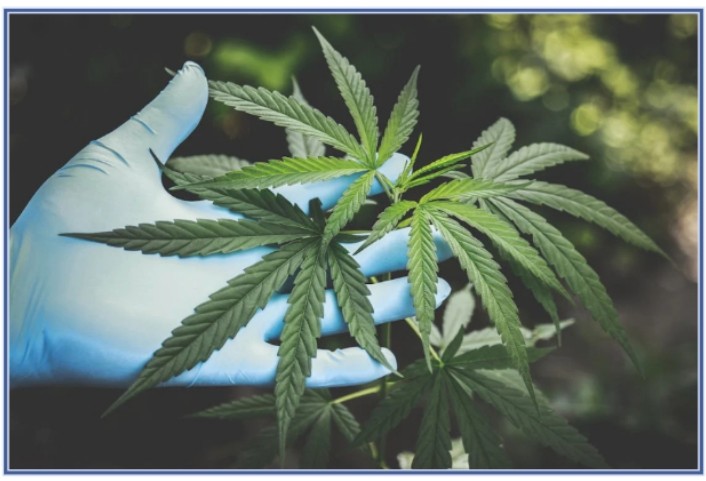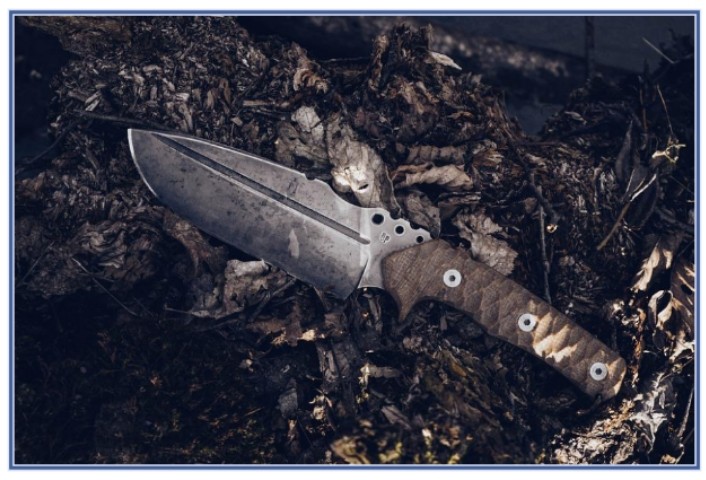Believe it or not, slip and fall accidents are quite common, and often people just pick themselves up and keep going about their day like nothing ever happened, even though they sustain injuries causing serious physical harm. The reason why many never go on to claim their rights and compensation is simply due to a lack of proper knowledge about slip and fall accidents and what to do afterward. And even if the person is well-informed, one obstacle keeps getting in the way of creating a proper lawsuit- proving fault. How can you claim compensation if you don’t know whether you can actually sue the person responsible or the company? What if you actually convince yourself that it’s completely your neglect and fault, not someone else’s? In the text below, we’ll discuss this idea and more about how to prove slip and fall cases and get the compensation you deserve!
What’s Premises Liability?
The first thing to understand when it comes to slip and fall accidents and how to prove fault is the law of premises liability. The name might suggest to you what premises liability is, and knowing about it gives you a good idea of whether you should be pursuing a lawsuit or not. It refers to the legal responsibility of property owners to create a safe environment for potential visitors. It’s an interesting concept, most of us never think about. The idea is simple, as a property owner, you should make sure that your parcel is safe for any passengers or visitors. Whether the mailman slips on your stairs or whether you own a store and the floor is slippery but you forgot to put up a sign to warn people, as a property owner, there is a legal responsibility to ensure the safety of other civilians. Now, if you’re the victim, you can play this card and prove that the person (the defendant) never took the right steps to actually make the property safe. Now, this depends on your status. The law can be different for a regular visitor, or social guest, as opposed to trespassers.
Proving Negligence
Once you’ve established the owner’s premises liability, the next step is to connect it to negligence. The key is to prove the owner never took the proper steps to make the environment safe due to personal negligence, although they were completely aware of the dangers it causes. If the person simply failed to act as any reasonable adult would and didn’t take the necessary measures to prevent the hazardous environment and make it simply safe for everyone, you can file a lawsuit and claim the compensation you deserve. Proving it is quite simple, all it takes is to point out the lack of regular maintenance with the help of video footage, witness testimonies, or by looking at the owner’s records to see if they had previous incidents of this sort. Imagine you slip while trying to get out of an elevator and fall, hurting yourself in the process. It could have been avoided if the person responsible did regular elevator checks and maintenance. That’s what we call negligence by law!
They Were Aware of the Danger
This goes hand in hand with the previous one, as negligence often happens due to a lack of proper knowledge, and as you can imagine, it’s not the same treatment if the person was not aware of the danger and decided to act differently anyway, and if the person actually knew of the danger and simply chose to ignore it. Now, there is a key difference between actual knowledge and constructive knowledge. Actual knowledge is, as we explained before, where the property owner was completely aware and didn’t do anything. Constructive knowledge is when the danger has existed for so long that the owner should have done something at some point in time, even though he wasn’t completely aware of it. In any case, proving both is a bit difficult and might require the help of an experienced lawyer to deal with it. We advise you to go for someone local. You can always look for a San Diego slip and fall accident lawyer or any other city and make sure the person is well-acquainted with the local laws and regulations, which might simply vary from state to state. Proving the first is a bit hard as the person can always claim ignorance; the second type of knowledge holds in court much better as evidence and all it takes is to prove the duration of the hazard’s existence.
Causation?
Causation links the hazardous condition to the plaintiff’s injuries. For example, it shows the fall was directly linked to the dangerous conditions. The next step is to prove the fall is directly linked to the injuries you received, which is also an important step. Now, the idea is simple, with the help of the right lawyer and with the medical record you have, you can prove both. Medical professionals will have a close examination and if they say the injuries are a direct result of the trauma your body received while falling and not some previous injuries unrelated to the accident, your case has a good chance of winning in court. And if you can prove the fall was caused by the dangerous conditions, it’s a win-win situation for sure!
Comparative Negligence
Now, this is a tricky one! Comparative negligence is when both parties have a certain degree of involvement in the accident, meaning you might have done something to further the accident and the harm it caused. Let’s say you were looking at your phone while the fall happened and never took a proper look in front of you. The court might use this as evidence against you, and you might miss the proper compensation you deserve. Now, the goal is to prove the property owner’s primary responsibility and reduce the impact your negligence might have had.
And finally, you’ll have to gather all the evidence you need to prove fault and make sure you get the compensation you deserve. The idea is simple: find the right lawyer, gather all the evidence from video footage to witness testimony, and make sure to act as soon as possible to get a proper hold of all your rights!






